Central Station: Sydney’s busiest station has a dark secret
BENEATH its vast, curved roof and fluorescent lights, lies a curious and at times gruesome past. Take a walk back in time through Sydney’s grand Central Station.
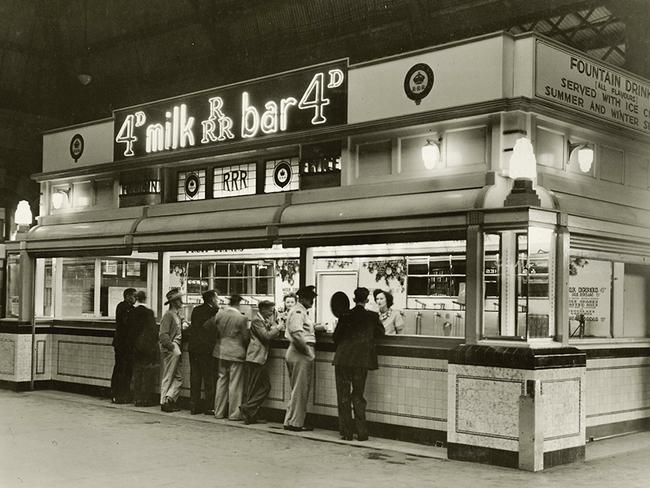
NSW
Don't miss out on the headlines from NSW. Followed categories will be added to My News.
IN late July 1901, workmen removing human remains in a vault at the Devonshire St cemetery made a gruesome discovery.
A skeleton had been found kneeling in the corner of the vault, one fleshless arm draped across the eye-sockets, a rotting coffin burst open inside.
The man had been buried alive.
The story spread like wildfire through the press, conjecture being the poor soul had been buried in a trance, only to awake up trapped in the vault, and in resignation, had fallen to his knees in prayer until death.
The tale turned out to be fiction, but the headline was one of many to cause mischief, as the cemetery was dug up to make way for the new Central Railway Station.
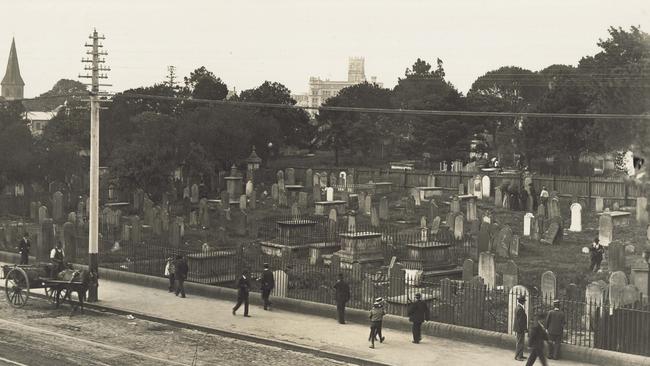
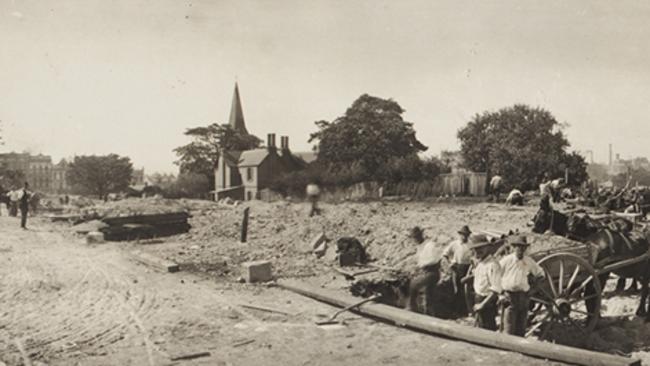
The choice of site had inspired wide protest, as it was home to many of the city’s notables, from early Catholic priests to soldiers, statesmen and members of leading families.
But as the state promised to pay the cost of careful exhumation and reburial, there was no stopping progress. Sydney desperately needed a major transport hub as the population had outgrown Redfern station, deemed too small and too far from the city.
RELATED
CENTRAL STATION’S MYSTERIOUS UNDERGROUND WORLD
PHOTO GALLERY: THE BATTLE OF CENTRAL STATION 1916
‘I WAS HAUNTED BY DREAMS OF THE DEAD STATION’
The work to exhume the bodies was slow, as labour gangs sifted through every foot of soil six foot down so as not to miss any remains. Tombstones were collected and stacked in tram sheds, alongside hundreds of coffins, as the 82-year-old cemetery gave up its dead.
There were some remarkable finds; a corpse buried for 27 years perfectly preserved in a leaden coffin, several pairs of convict boots, an ankle bone still bound in convict irons. There were mass graves, heads without bodies, one immaculate set of teeth and a large cohort of folks hanged at the gallows and buried in dishonoured graves.


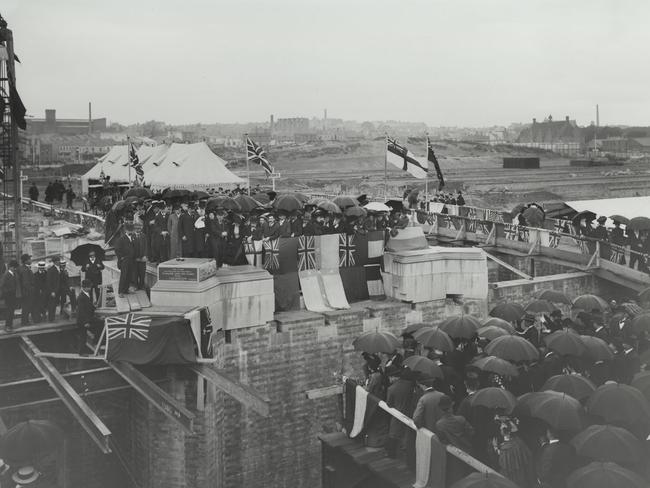
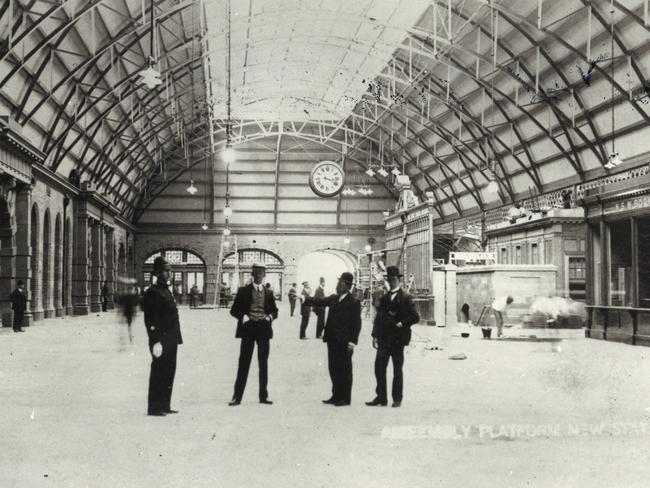
By the time the foundation stone for the new station was laid in heavy rain in 1902, the site bounded by Devonshire, Barlow, Elizabeth and Pitt streets promised a new era of architectural grandeur fit for a world-class city.
Central was to have all the modern appliances, elegant waiting rooms, refreshments and restaurants, and when the first trains rolled through on August 4, 1906, after four years of construction, the sandstone station was by all appearances magnificent.
Not everything was finished, the top two storeys, platforms 16-23 and the exterior clock tower, would be completed in the years up to 1921, but Sydneysiders were proud of their gleaming transport hub.
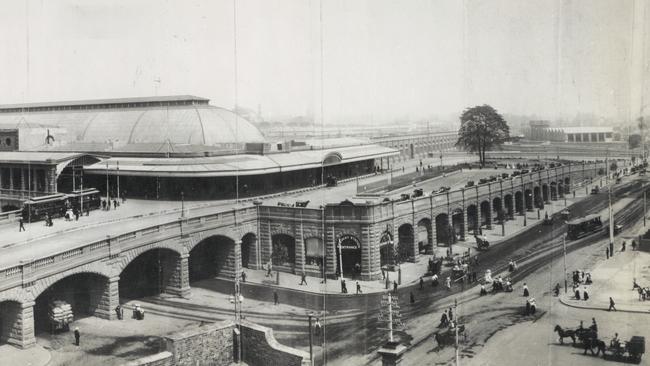
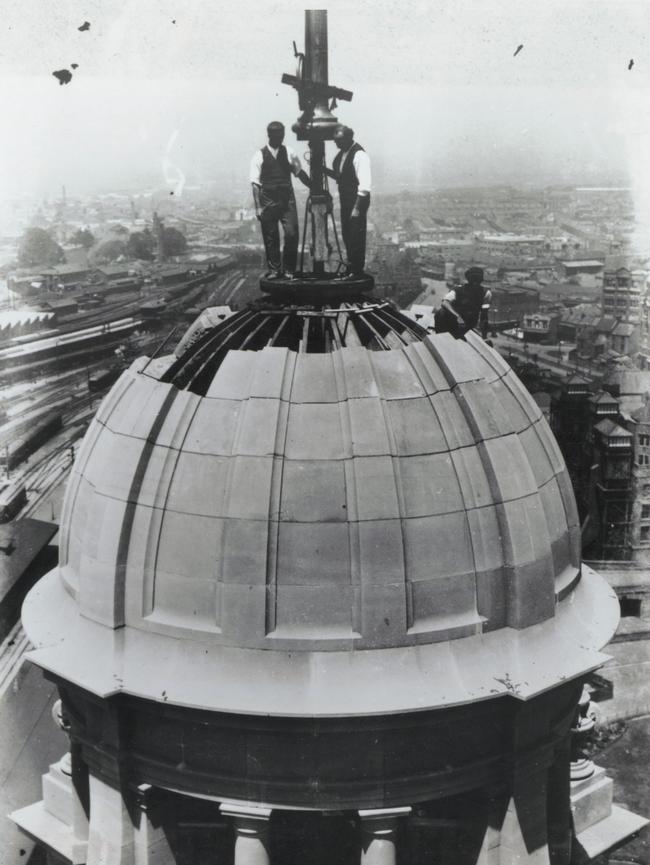
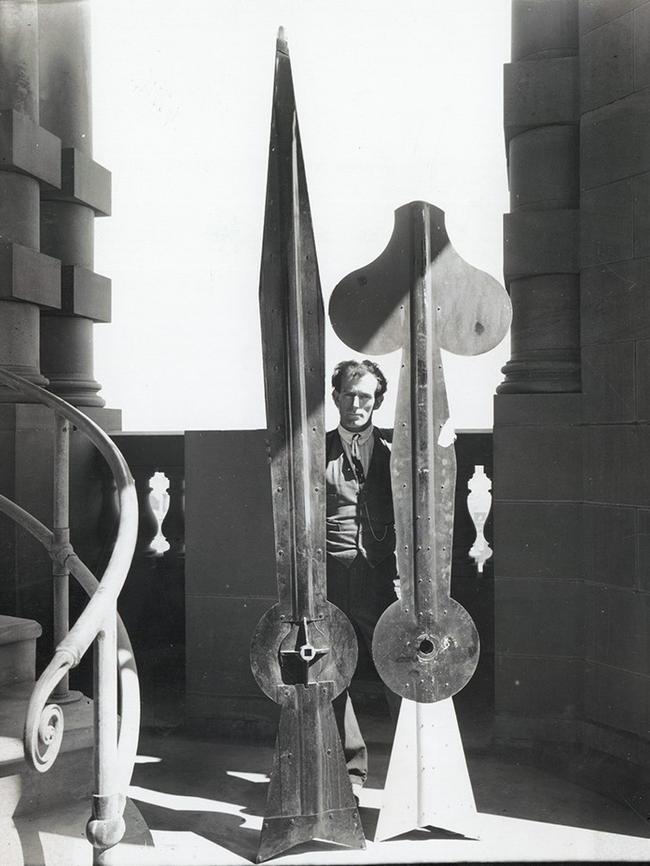
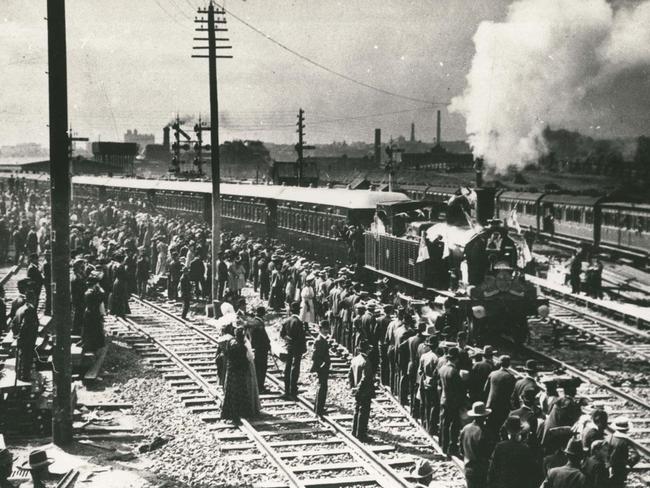
Today, little has changed to the exterior but inside, it’s a far cry from its glory days. Gone are the elegant dining rooms, the RRR Milk Bar and fruit and vegetable stands. Instead, visitors are met with coffee carts and fast food, rough sleepers and of late, frequent train delays.
But one constant remains: Sydneysiders have always complained about something at Central — from soldiers barging through crowds during WWI, to overcrowded carriages, poor timetabling and at times, the quality of food.
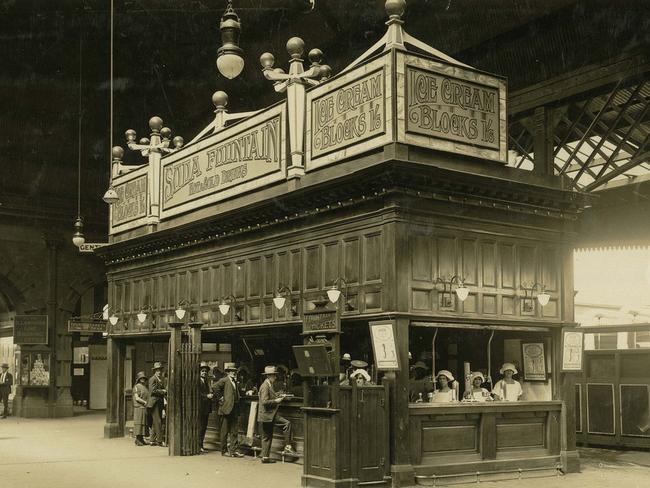

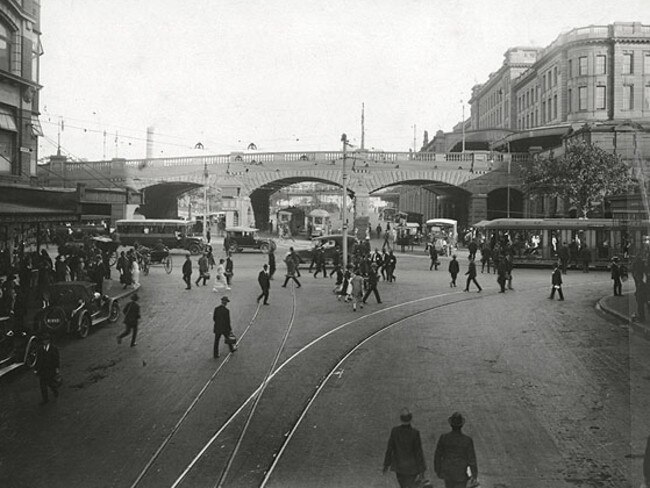
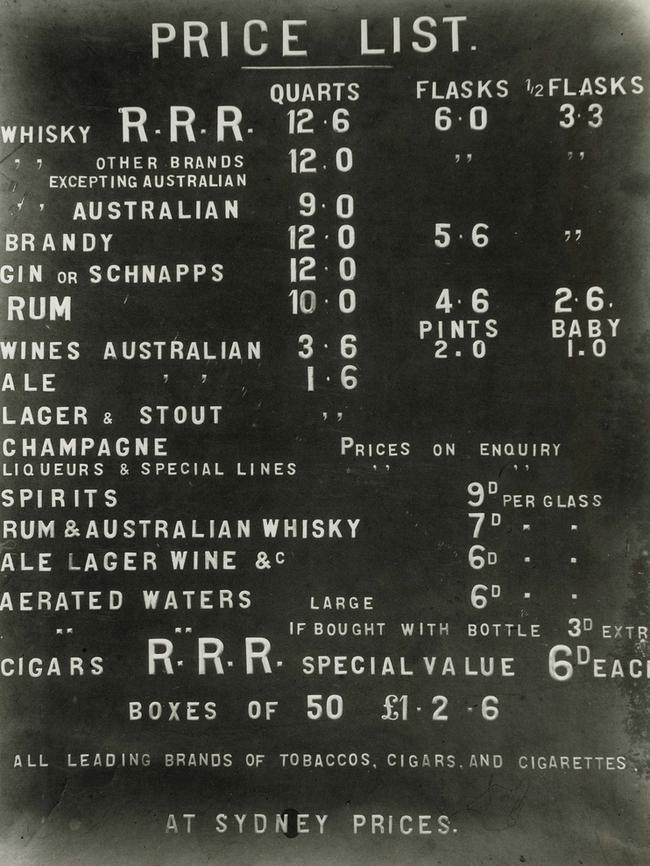
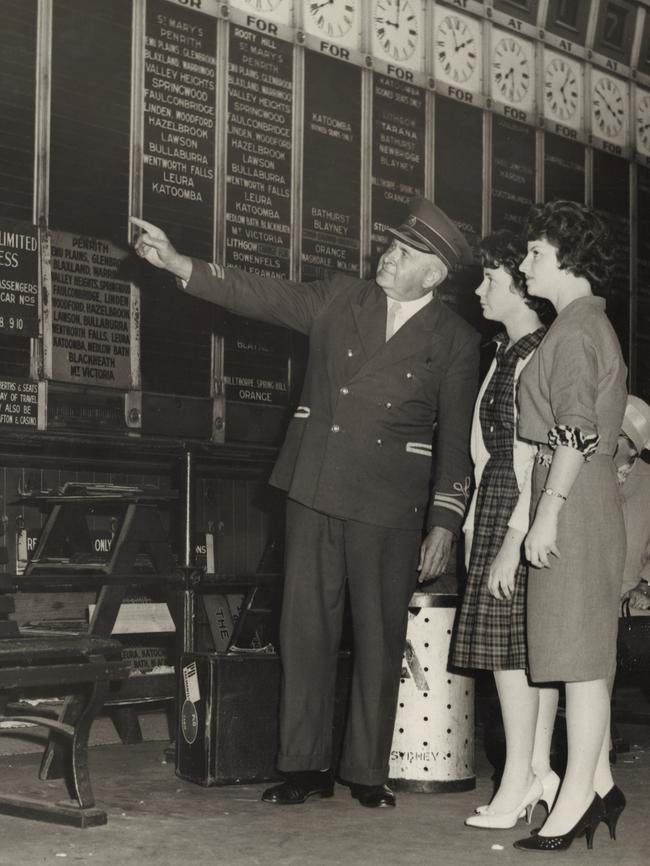
By the 1950s, almost 250,000 people passed through the station every day, carried by 1700 trains every 24 hours. The milk bars, kiosks, booksellers and “never empty refreshment rooms” were thriving, four thousands mail barrows were shifted every day, and ten motor tractors continuously carted luggage to platforms.
Underground, it was another world, a labyrinth of tunnels crisscrossing between the 23 platforms, serviced by 17 goods lifts shifting mail bags, luggage and food for refreshments.
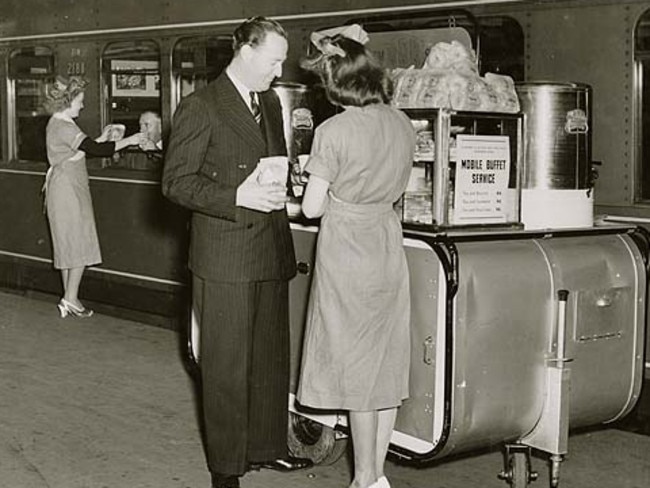
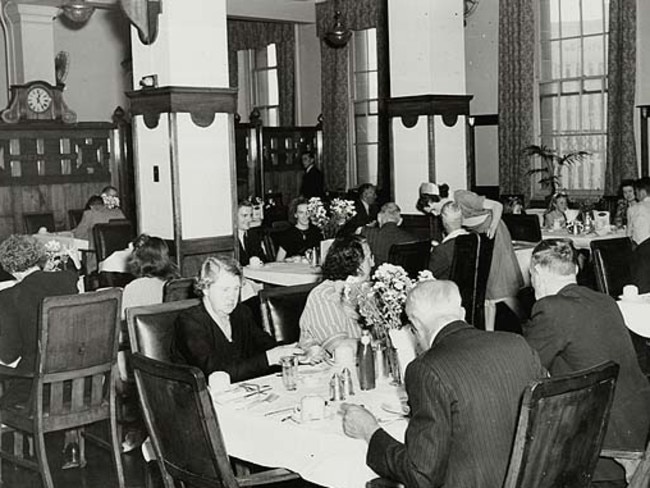
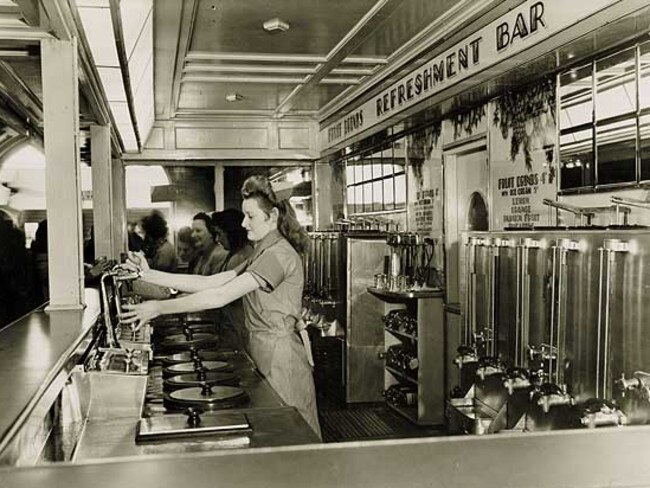
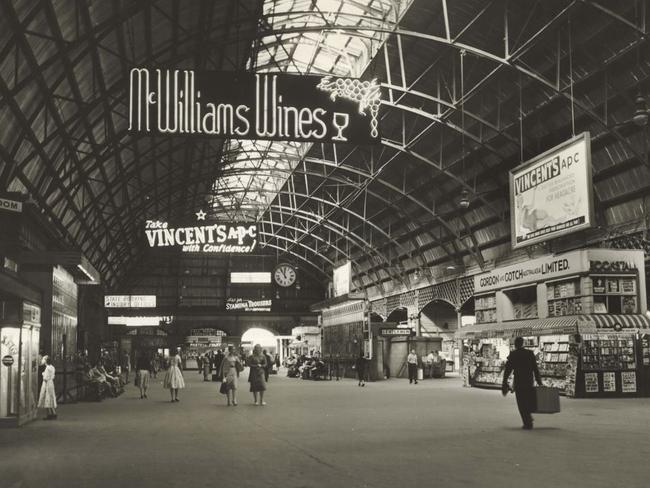
While the number of travellers using the station has remained fairly consistent since the 1950s peak, numbers are forecast to soar from 270,000 to 450,000 in the next 20 years.
The run-down terminus is finally set for a major overhaul to bring it into line with the world’s top stations, including Grand Central Station in New York.
The State Government said it would approach the private sector and the general public, asking for proposals to turn the near-derelict station into a “world-class transport hub” with suggestions for apartments, hotels, restaurants and bars put forward.
The next chapter of Central remains to be seen.


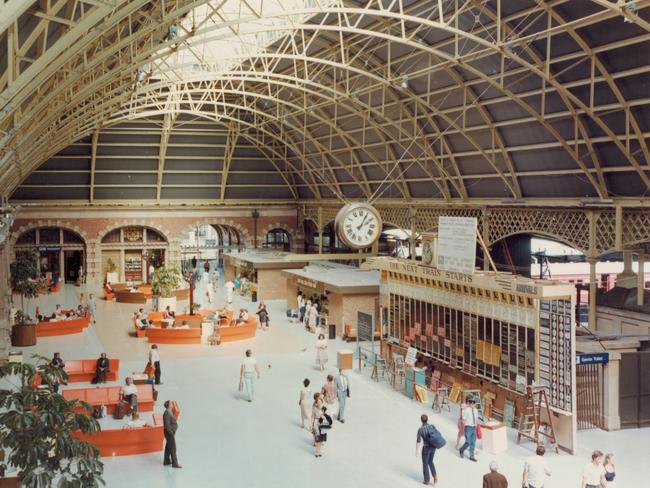
Originally published as Central Station: Sydney’s busiest station has a dark secret


